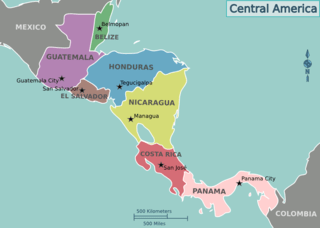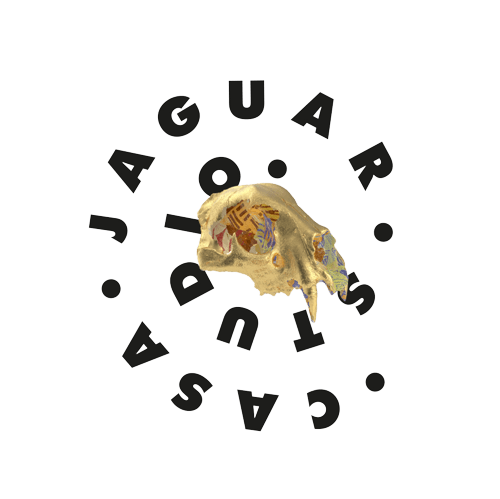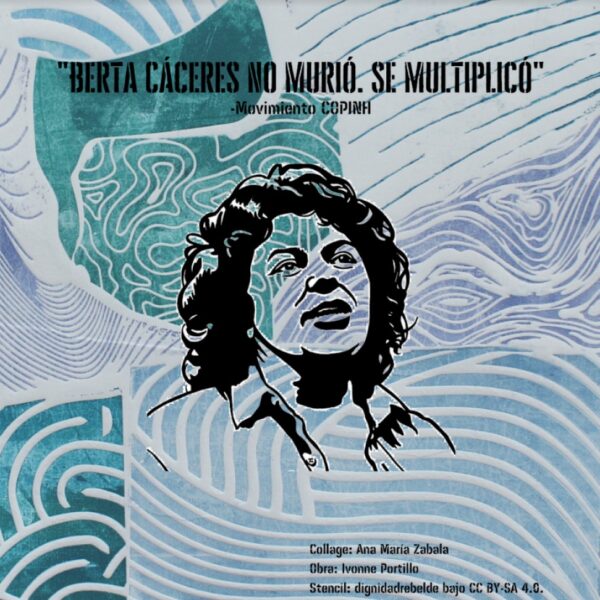Por Ana María Zabala Gómez
El 3 de marzo de 2016, Berta Isabel Cáceres Flores fue asesinada por intrusos armados que irrumpieron en su casa en La Esperanza, Honduras. Berta había pasado los últimos tres años de su vida resguardandose del ejército.
La testigo de una violenta crisis
Berta Cáceres nació el 4 de marzo de 1971 en el sudoeste de Honduras, en el corazón del pueblo indígena Lenca. Su madre, Austra Bertha, una activista y partera de la comunidad le enseñó la importancia de la solidaridad y justicia social al acoger refugiados que huían del conflicto armado en El Salvador. Berta creció durante la violencia que arrasaba con la vida en Centroamérica en los años 80s.

La “Crisis de Centroamérica” empezó cuando Ronald Reagan fue presidente de Estados Unidos e impuso una despiadada política de intervención anti-socialista en Centroamérica. El triunfo de la Revolución Popular Sandinista en Nicaragua de 1979 había derrocado la dictadura de Anastasio Somoza e impulsado las luchas por el socialismo en toda la región. Reagan y su administración financiaron a los “Contras”, un grupo de insurgentes terroristas en Nicaragua, y financiaron la violencia contra-revolucionaria en toda Centroamérica, recrudeciendo los conflictos armados en El Salvador y Guatemala.
La región fue azotada por horrendas masacres, crímenes de lesa humanidad y violaciones a los derechos humanos. Berta Cáceres fue testigo de esta crisis violenta y se formó para ser una líder estudiantil. A sus 19 años co-fundó la COPINH (Consejo Cívico de Organizaciones Populares e Indígenas de Honduras) para enfrentar la tala ilegal y la minería que atentaban contra el pueblo Lenca.
La hidroeléctrica amenaza al sagrado río Gualcarque
Años después, la comunidad de Río Blanco acudió a la COPINH cuando vieron maquinaria de construcción en su territorio. No sabían de qué se trataba pero era seguro que agredería al río Gualcarque—una entidad sagrada para la cosmovisión Lenca centrada en la tierra y el equilibrio con los seres. Al indagar, la COPINH descubrió que se trataba de una de las 47 concesiones hidroeléctricas y cientos de proyectos mineros que se hicieron en el marco del golpe de estado militar de 2009. Después del golpe (que fue el primero del siglo XXI) casi el 30 por ciento del territorio de Honduras había sido destinado a concesiones mineras. La dictadura de origen golpista aprobó 21 de estas 47 represas en territorios indígenas sin consulta previa de las comunidades como lo requiere la ley en Honduras. Entre estos proyectos estaba Agua Zarca de la empresa hondureña DESA y la compañía china Sinohydro, la mayor constructora de represas del mundo.
AguaZarca construiría una represa en el río Gualcarque violando los derechos al territorio del pueblo Lenca. Berta Cáceres acudió a la Corte Interamericana de Derechos Humanos y apeló en contra del Banco Mundial, quien financiaba el proyecto. Además, organizó protestas pacíficas en Tegucigalpa, la capital de Honduras. El gobierno ignoró sus denuncias y tergiversó los apuntes de una reunión comunitaria haciendo ver que se había aprobado AguaZarca. Sin embargo, la comunidad había votado en contra de la represa en una asamblea organizada por la COPINH. Además, los alcaldes locales le ofrecieron efectivo a personas de la comunidad a cambio de obtener sus firmas en documentos que aprobaban el proyecto.
La resistencia colectiva en defensa del río
Al ver que las denuncias no detenían el avance de la hidroeléctrica, Berta unió al pueblo Lenca en una barricada humana que bloqueó la carretera de acceso a la construcción. La comunidad mantuvo el bloqueo durante más de un año, resistiendo a intentos de desalojo y ataques violentos por parte de seguridad militarizada y cuerpos armados hondureños. En uno de estos ataques fue asesinado Tomás García, un líder Lenca de Río Blanco, mientras hacía resistencia pacífica. Lo asesinó un soldado entrenado en el centro militar de contrainsurgencia en Estados Unidos: la Escuela de las Américas. Otras personas fueron atacadas con machetes, desprestigiadas, detenidas y torturadas.
El asesinato de Tomás García generó gran indignación, por lo cual la compañía china Sinohydro se retiró del proyecto a finales de 2013. Después, el Banco Mundial retiró la financiación declarando inquietudes de violaciones a derechos humanos. La lucha de Berta y del pueblo Lenca logró parar el proyecto AguaZarca y hasta hoy, el río Gualcarque fluye libre. Lo que no cesó fueron las amenazas de muerte contra Berta. Ese mismo año, le dijo al medio Al Jazeera “el ejército tiene una lista de asesinatos de 18 defensores de derechos humanos con mi nombre primero.”

Dar la vida por la defensa de los ríos
En el 2012, Berta fue otorgada con el premio Shalom de Alemania a quienes arriesgan sus vidas por la justicia y la paz del mundo. En el 2015, al recibir el premio ambiental Goldman dijo “los espíritus de las niñas nos enseñan que dar la vida en múltiples formas por la defensa de los ríos es dar la vida por la humanidad y el bien de este planeta.”
Dos meses después de la muerte de Berta, cuatro hombres fueron arrestados en conexión con su asesinato. Dos de ellos tenían lazos documentados con DESA, la compañía detrás de AguaZarca. Un soldado de las fuerzas especiales de Honduras entrenadas en Estados Unidos luego confirmó las palabras de Berta, reportando que “El nombre de Cáceres había estado en una lista negra por varios meses antes de su asesinato.”
Lamentablemente, Berta es sólo la más prominente de una cantidad de activistas asesinados y asesinadas en Honduras en los últimos años. Allí, como en tantos países de Latino América, no hay seguridad para aquellas personas que luchan por la justicia social y ambiental. Berta tenía esto claro: “Esta lucha no es aislada, es un problema mundial y en este continente. No solo la enfrentamos nosotras sino todos los pueblos que luchan contra el colonialismo y que tienen sentido de justicia y emancipación.”
Hoy, 6 años después de su muerte, recordamos a Berta Cáceres por su valor, su sacrificio y activismo resistiendo las formas de colonialismo actual.
“¡Despertemos! ¡Despertemos, humanidad! Ya no hay tiempo. Nuestras conciencias serán sacudidas por el hecho de solo estar contemplando la autodestrucción basada en la depredación capitalista, racista y patriarcal”.
Berta Cáceres
Referencias
Blitzer, Jonathan. (2016). “Should the U.S. Still Be Sending Military Aid to Honduras?”, The New Yorker. Recuperado el 1 de marzo de 2022.
Climate Diplomacy. (2019) “Agua Zarca Dam Conflict in Honduras” Recuperado el 1 de marzo de 2022.
DW Español. (2018) El legado de Berta Cáceres [Video]. Youtube.
Goldman Environmental Foundation. (n.d.) “Berta Cáceres 2015 Goldman Prize Recipient South and Central America,” The Goldman Environmental Prize. Recuperado el 1 de marzo de 2022.
Molina, Florencia. (2015). “Política Exterior de los EE.UU Durante el Gobierno de Reagan en Centroamérica.” Recuperado el 1 de marzo de 2022.
Muñoz, Lina. (n.d.) “Berta Cáceres: La Guardiana del Río”, The University of Kansas Collaborative Digital Spanish Project (Acceso). Recuperado el 1 de marzo de 2022.
Wallace, Arturo. (2019) “1 años del golpe de Estado en Honduras: qué ha cambiado en el país (y qué no) a una década de la salida forzada del presidente Manuel Zelaya”, BBC News Mundo. Recuperado el 1 de marzo de 2022.


